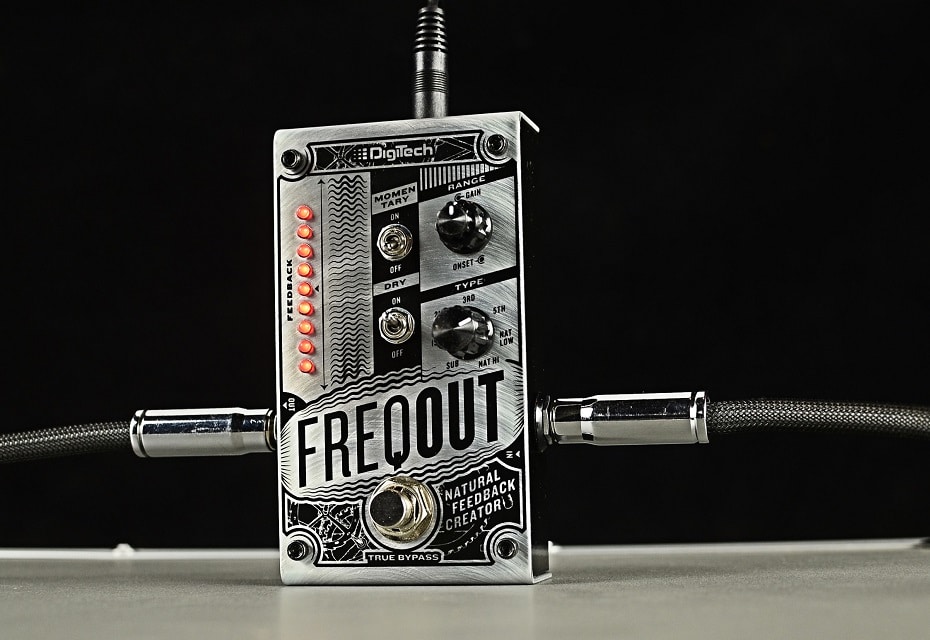Things to consider before buying the best fuzz pedal
Before you go out and impulse buy a fuzz pedal, you should consider a number of different things about fuzz pedals. A lot of the considerations include what instrument does it support, the types of fuzz pedals out there, its effects, the controls and how it helps to adjust sound, what the true bypass affects, its power supply, the materials used to construct it, and possibly the most important consideration, is the price. All of these elements need to work for you and the instrument you play in order to get the benefits of the fuzz pedal.
Instrument
The fuzz pedal you end up purchasing largely depends on the instrument you play. In particular, there are two most common instruments: guitar and bass. If you’re a bass player and you want to use a fuzz pedal, chances are you probably play the blues or indie rock because the fuzz pedal modifies the signal to produce a more fuzzy and buzzy type of sound. Whereas, with guitars, the fuzz pedal gives the effects of sounding more like an amplifier with a blown-out speaker.
 Types of fuzz pedals
Types of fuzz pedals
There are two common types of fuzz pedals. The first one uses germanium transistors, and the second one runs on silicon transistors. Germanium transistors can be found in old-school models of fuzzes that were more commonly used and created until the 1970s. In terms of the effects they produce, they sound much smoother and warmer and have a much more vintage tone to them. Jimi Hendrix was the biggest user of these transistors, and naysayers say that these transistors perform differently under different conditions (cold vs. warm temperatures). For example, ZVEX Effects Fuzz Factory Vexter is an astonishing stompbox with germanium transistors that help to produce a wide range of fuzz sounds.
With silicon transistors, they began to be more widely used during the 1970s. They are very much different compared to models with germanium transistors. These transistors provide a full and crisp sound and are less woofy. It helps to accompany the sounds of a more modern and heavier guitar sound in rock n’ roll. The perfect example here is the Dunlop JHF1 that offers unique sound.
Effects
A fuzz pedal takes the sounds of your guitar to the depths. It is something that no other distortion can do. The fuzz pedal soaks your guitar tones and masks it in a fuzz-like distortion that produces a sound like no other. It has such a heavy feel to it that it may seem like your amp has blown out, but that’s the effect of the fuzz pedal! Some pedals also add a boost or even a drive effect to your signal.
You can even find octave fuzz pedals like the Orange Amps Fur Coat. It allows you to manipulate the octave over the fuzz to make it sound more in-line with your guitar. By simply turning the knob, you can adjust the octave to make it sound richer or cleaner, depending on the instrument you’re playing.
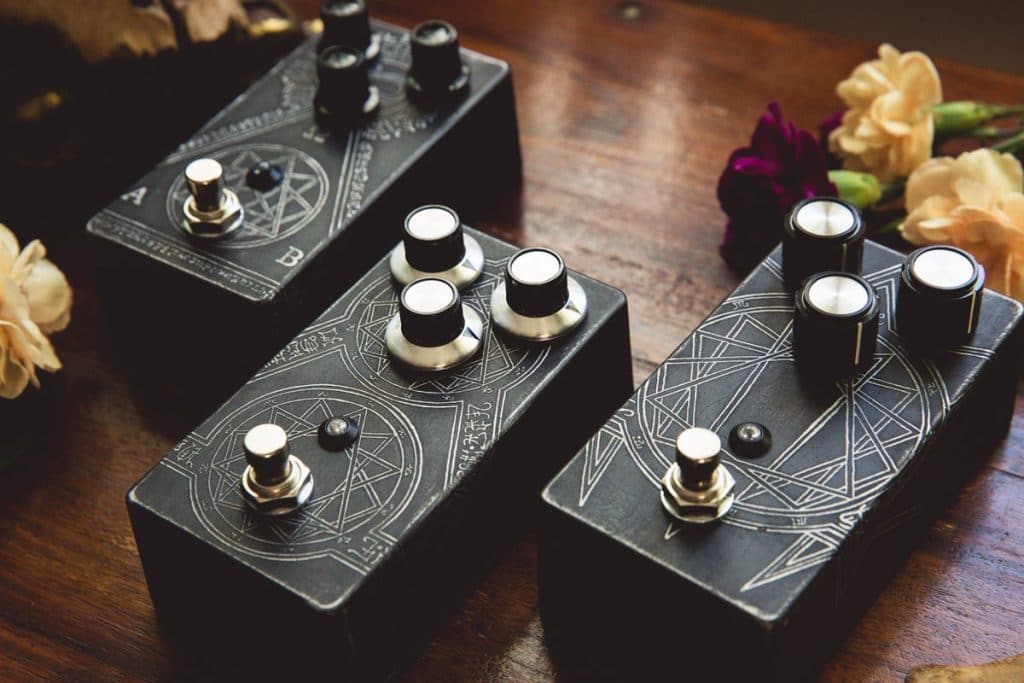 Controls
Controls
When it comes to any fuzz pedal, there are a number of different controls on them that can help to alter and distort the sound. One of those controls is the volume knob. When used with the pedal, the volume dial can heavily influence the sounds. When the volume is turned full blast, the fuzz has a very dark, woofy, and heavy sound, which can also be associated with wet knob control. When taking the volume down, you’re going to get a more clean tone that is better suited for more rhythmic playing. The dry knob on some fuzz pedals is associated with this cleaner signal.
With fuzz pedals that have dry and wet knobs, you are able to adjust ‘clean’ and ‘effect’ signals independently of each other.
True bypass
Many fuzz pedals have a true bypass, and what it can refer to is a wire that runs straight through to the input and output of the pedal. When this pedal is in bypass mode, the signal from the guitar is sent to the guitar amplifier in the absence of the effects of buffering that can be commonly found in the pedals in-between. In a nutshell, true bypass connects the guitar or bass straight to the amp and helps to bypass the effects to give you a better sound. You can use the footswitch to enable or disable the bypass. The same can be found with the Electro-Harmonix Op-Amp Big Muff Pi, as well as the impressive sound quality.
Power supply
When it comes to the power supply, there are two options: using batteries or an adapter. The case for using an adapter is that when you’re using the full capabilities of the fuzz pedal, you’ll quickly drain your batteries and will have to change them frequently, which can be expensive and.
Using an adapter is a more cost-effective way to make your pedalboard running. The adapter will provide you with a constant power source, so you won’t have to waste your time and money on batteries.
However, guitarists have said that despite the costly nature of batteries, these pedals produce a much better sound compared to the adapter-powered ones because of their ability to interact with the battery and thus, change the quality of the tone coming from the amp. These tonal differences provide a level of depth that adapters cannot. The Wampler Velvet Fuzz V2 can use both power methods, so are feel free to choose, which is more convenient to you.
Construction
Generally speaking, fuzz pedals are constructed of a metal or aluminum body and are built to withstand quite a bit of abuse. They are quite durable, but since these fuzz pedals go through a lot of wear and tear, we recommend that you seek out a fuzz pedal that has an aluminum or metal body.
You will want something that is sturdy and durable enough so that it won’t break frequently, and you won’t end up replacing some parts.
The
Way Huge Swollen Pickle MKII has a very sturdy construction that can survive almost anything.
Prices
The fuzz pedals are quite affordable and can range in prices between $100-200. While they are an accessory to your guitar-playing habit, some of the best fuzz pedals can significantly alter and distort the signal to provide you with an incredible sound that you are familiar with. It can be found in the music of some classic rock legends. We’ve broken the pricing down into three tiers to give you an idea of how much money you will require.
The lowest and most cost-effective tier of fuzz pedals ($100-150) includes units like the Electro-Harmonix Op-Amp Big Muff Pi for guitar and MXR M84 Bass Fuzz Deluxe for bass.
The pedals like the Fulltone 69 MkII and the Orange Amps Fur Coat sit into the middle category and cost around $150-$175.
Lastly, the models on the higher-end of our pricing are units such as the EarthQuaker Devices Hoof Hybrid Fuzz and the JHS Muffuletta Fuzz.








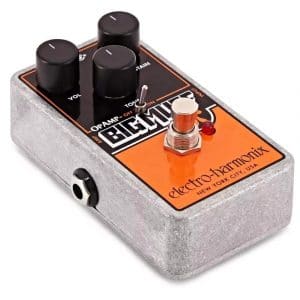
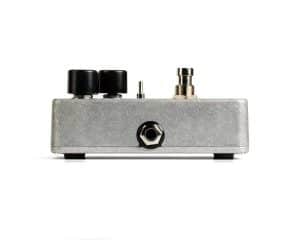

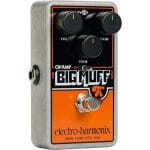

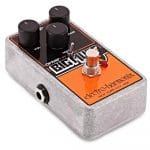
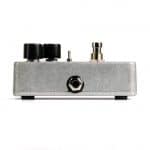
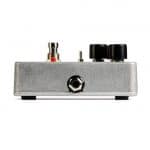
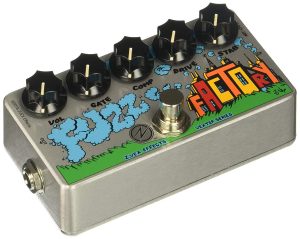
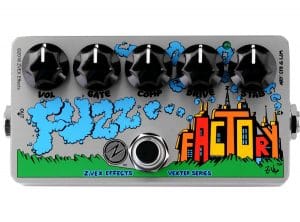
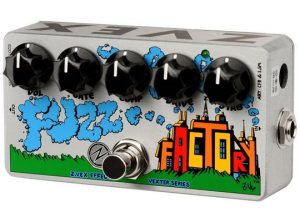

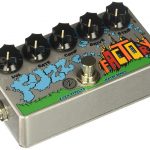
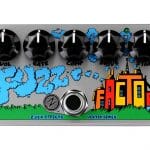

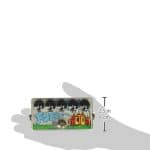
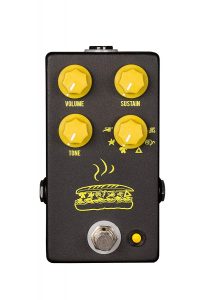
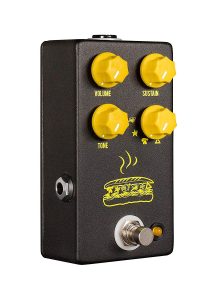

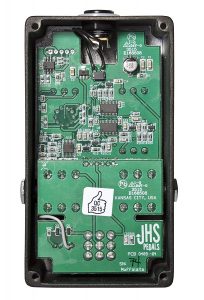


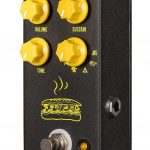
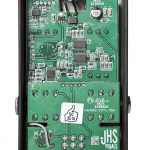
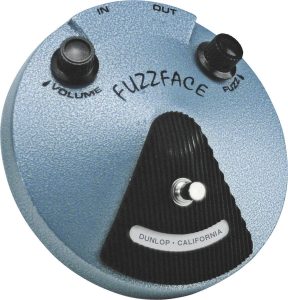
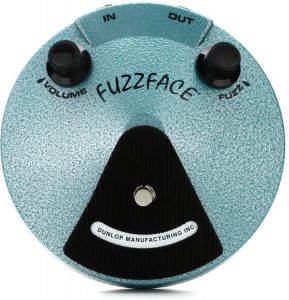
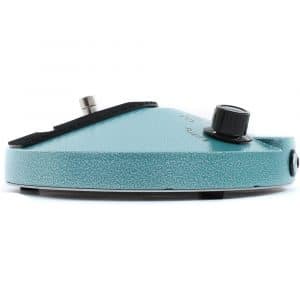
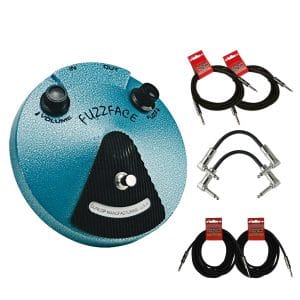
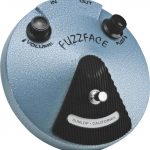
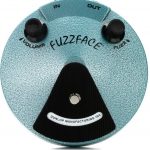


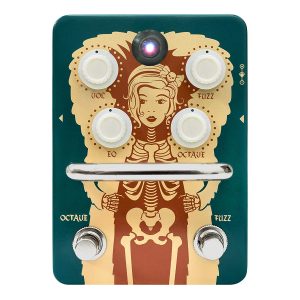
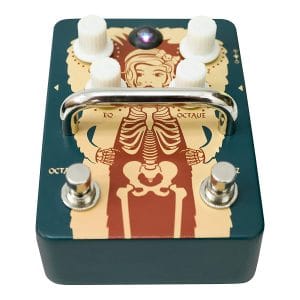
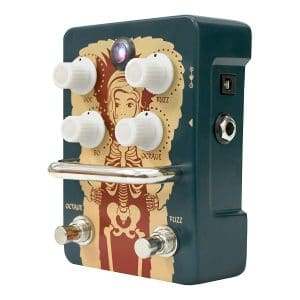
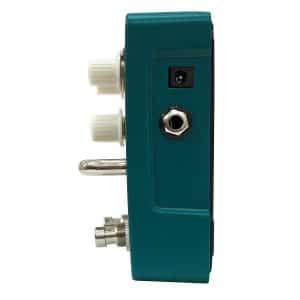
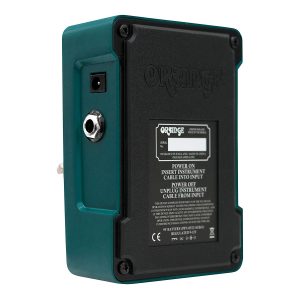
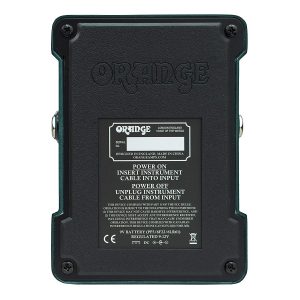


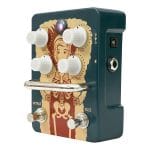

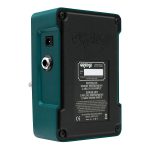

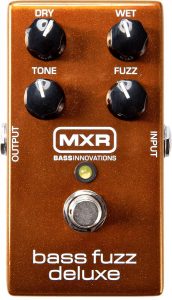

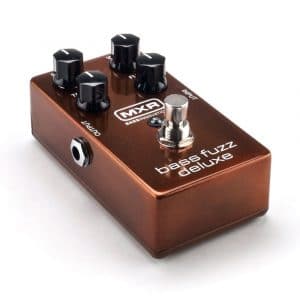
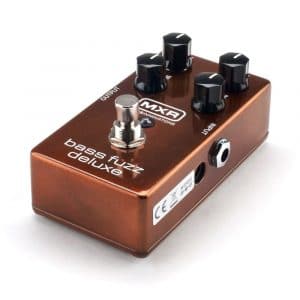
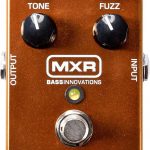
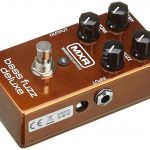

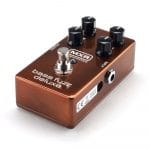

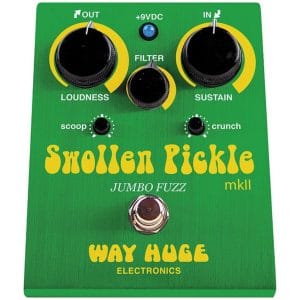
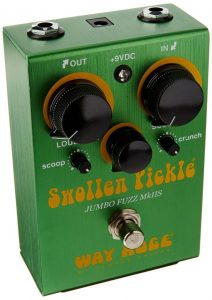
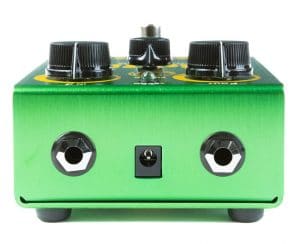
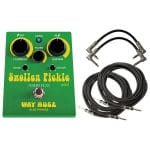
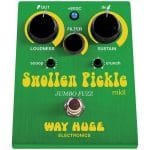
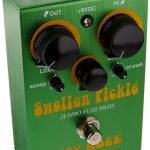
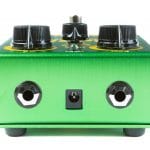
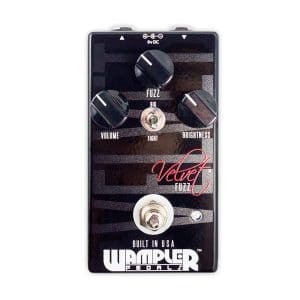

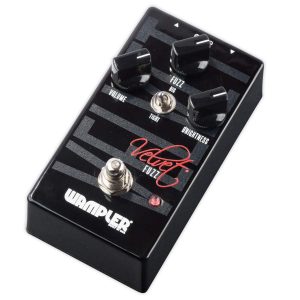
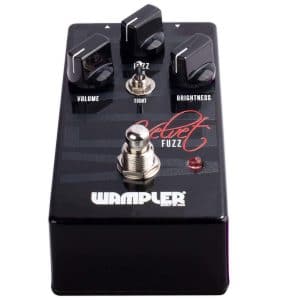

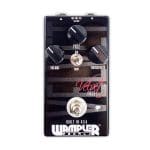
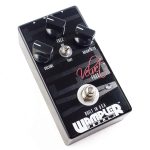
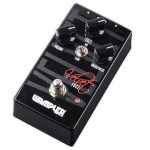
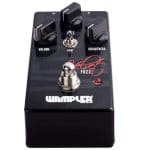
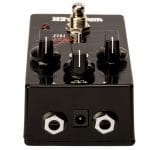
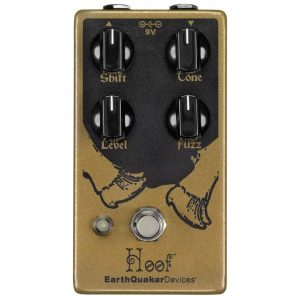

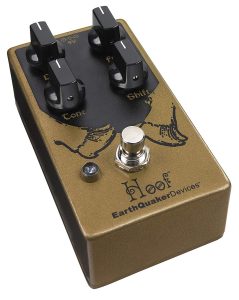
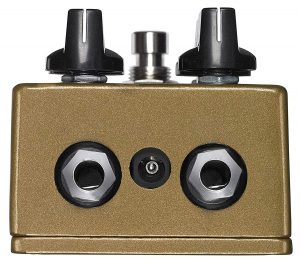
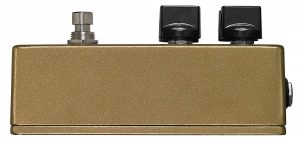
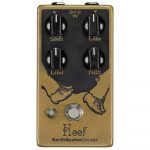
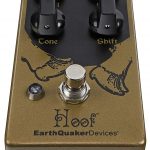
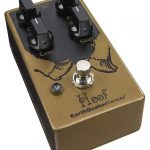
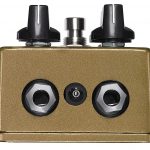
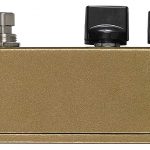
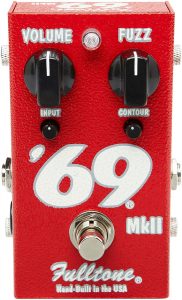
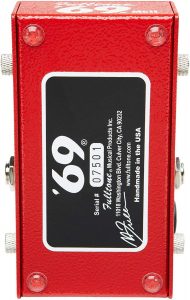
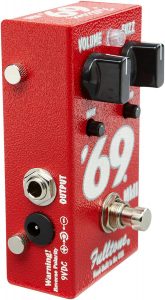
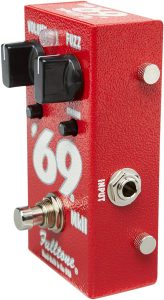
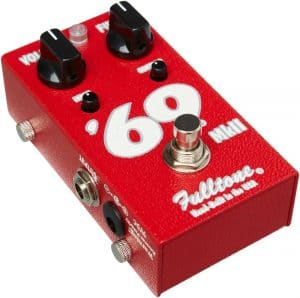


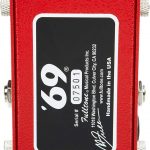
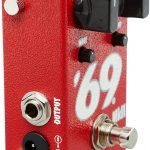
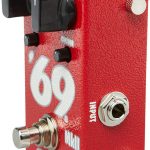
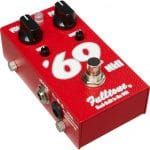
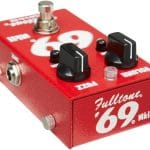
 Types of fuzz pedals
Types of fuzz pedals Controls
Controls







